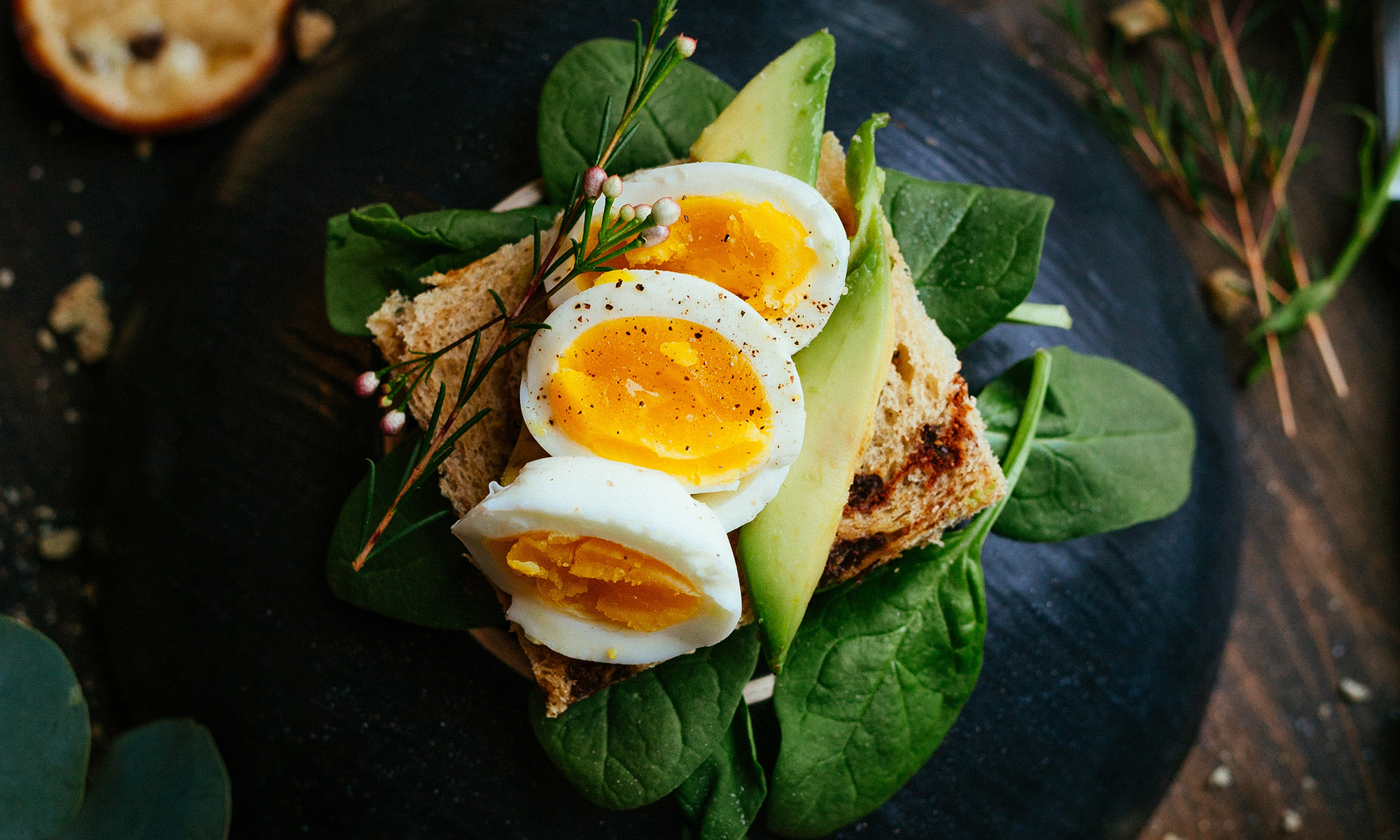A few years ago, I was driving through the Eastern Shore of Maryland and drove past a Perdue truck. If you have ever seen this, I can assure you, you will never eat commercially processed chicken again. The flat-bed truck transported the chickens, each in an individual cage, 20 cages high. The top chicken is, literally, living high on the hog. The poor chickens on the bottom were coated in droppings from the 19 layers on top. And the birds in the middle are breathing in a toxic fume.
It’s no wonder we have to worry about salmonella and other diseases in commercial chicken.
Farmer Brett also raises chickens. By contrast, these chickens are truly free-range. In fact, these chickens have more roaming room than most urban dwellers. And they eat better than most of us too – feasting on a rich diet of organic produce (the non-salable produce), weeds, grain and left-over food from the house. The chickens never receive antibiotics because they are not exposed to disease. Nor do they need growth hormones – they grow the old-fashioned way – with a healthy diet and plenty of exercise.
The chickens serve an important function for the farm. In addition to the obvious eggs and eventual meat, the chickens also help prepare the soil by weeding and creating "natural" compost. The chicken coops are strategically positioned around the barn with adjustable fencing that allows Brett to move the chickens. The chickens happily peck away at the weeds leaving a barren plot. To supplement their diet of weeds and grains, they act as a repository for non-salable produce and left-over food scraps from the house (all the things the rest of us would compost). In exchange, they enrich the soil with nitrogen generated from their, ahem, droppings. Further soil amendments are not required.
Let’s be honest, though, Brett raises chickens for the eggs and the meat. The soil enhancement is a bonus. Once the hens reach menopause, and stop laying eggs, they are “converted” into stewing chickens. As one might expect, the meat has more flavor — the result of all that exercise. The “meat”, the primary portion we eat from animals, is muscle – and they’ve developed just like ours when we go to the gym. The meat is darker (from all the blood flow) and with more texture (a euphemism for tougher). The eggs have a firmer texture too. They cook more quickly and fluffy than eggs purchased at the supermarket. The yolks are deep yellow, almost orange.
Over the years, I have taught many aspiring chefs and home cooks how to butcher a chicken. It’s pretty straightforward, I tell them, as long as you cut in the right place: the ligaments are soft and the bones thin. My first attempt at cutting up a chicken from the farm was surprisingly difficult. After a few struggled attempts of redefining butchery, I realized that all the exercise that makes the meat more flavorful, also makes the ligaments and bones stronger.
A fryer chicken, even in the free-range environment, still has some tenderness, because they’re only 6 weeks old. As such, they don’t require as much special attention when cooking. These menopausal hens, at 8 months, need a slow cooking to tenderize and soften the meat.
Here’s my favorite recipe for stewing chicken. I love the simplicity of it, and I usually have everything in my pantry so I can make it on a whim.
Harrira Stew
(serve 4)
serve with raisin cous cous
1 1/2 pound boneless chicken meat, cubed (preferably dark meat)
1 onion, chopped
2 cloves garlic, chopped
3 tomatoes, diced, or 10 oz. canned tomatoes
2 1/2 pts. chicken stock or canned broth
1/2 tsp. cinnamon
1/2 tsp. ground ginger
1/2 tsp. ground cumin
8 oz. canned chick peas
chopped cilantro
red chili flakes or harissa (opt)
Put chicken, onion, garlic, and stock in a large pot. Bring to a boil over high heat. Add spices, tomatoes and chick peas. Reduce heat to simmer, and continue cooking until chicken is done, approximately 30 minutes. Garnish with cilantro and red chili flakes or harissa.
Raisin Cous Cous
2 cups cous cous
2 1/4 cup water or chicken broth
1 tsp. salt
1 shallot, chopped
1/3 cup raisin
Put raisins, shallots, water and salt in a pot. Bring to a boil. Pour in cous-cous. Stir to mix and cover the pot. Remove pot from heat, let stand for 5 minutes. Fluff cous cous with a fork.
Harissa
2 tsp. chili flakes
1 clove garlic, chopped
3 tbs. olive oil
2 tsp. ground cumin.
Put everything in a pan. Heat over low heat for about 5 minutes, or until garlic starts to brown. Remove from heat immediately so the garlic does not burn.
